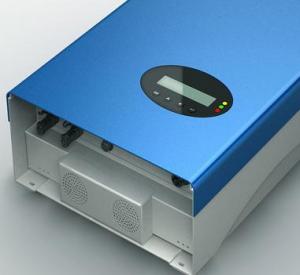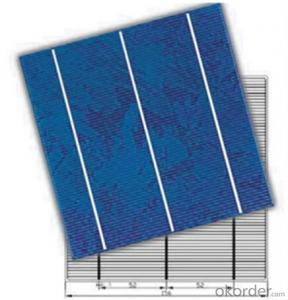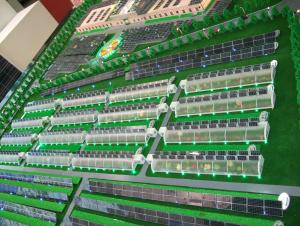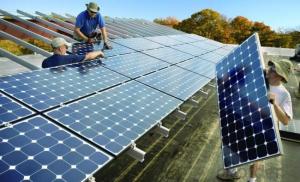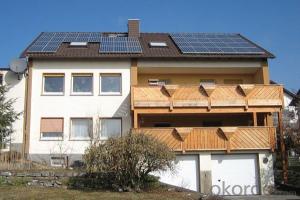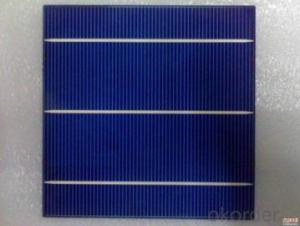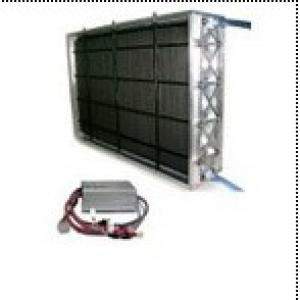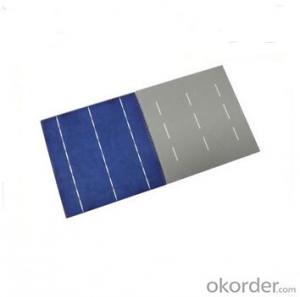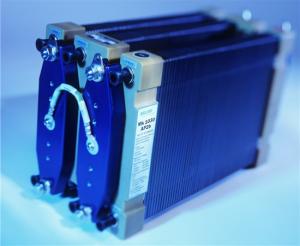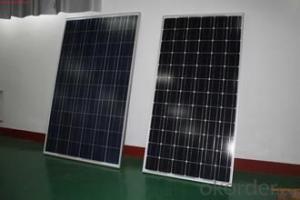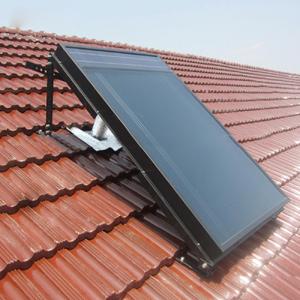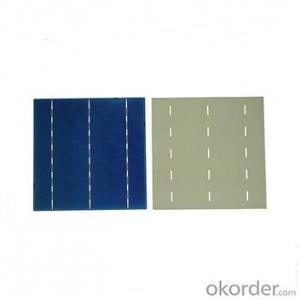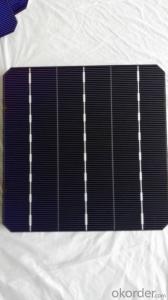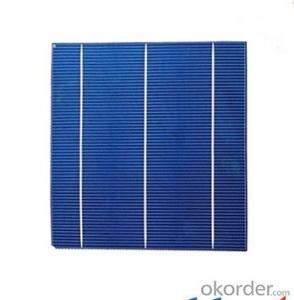Organic Solar Cells
Organic Solar Cells Related Searches
Organic Printed Solar Cells Organic Polymer Solar Cells Buy Organic Solar Cells Printed Organic Solar Cells Printable Organic Solar Cells Flexible Organic Solar Cells Photovoltaic Solar Cells Cost Of Organic Solar Cells Biogenic Solar Cells Free Solar Cells Solar Energy Cells Plant Based Solar Cells Compact Solar Cells Electric Solar Cells Raw Solar Cells Organic Solar Cells Advantages High Efficiency Solar Cells Bio Solar Cells Commercial Solar Cells High Output Solar Cells High Quality Solar Cells Lightweight Solar Cells Amorphous Solar Cells Residential Solar Cells Heliatek Organic Solar Cells Crystalline Solar Cells Bacteria Solar Cells High Temperature Solar Cells Algae Solar Cells Satellite Solar CellsOrganic Solar Cells Supplier & Manufacturer from China
Organic Solar Cells are a type of photovoltaic technology that utilizes organic materials to convert sunlight into electricity. These cells are known for their flexibility, lightweight, and potential for low-cost production, which makes them an attractive alternative to traditional silicon-based solar cells. They are particularly useful in situations where flexibility and lightweight are important, such as in wearable electronics or portable devices.Organic Solar Cells find their application in various scenarios, from powering small electronic devices to providing energy for remote areas without access to the power grid. They can also be integrated into building materials, such as windows or facades, to generate electricity while maintaining the aesthetic appeal of the structure. This versatility allows for a wide range of uses, from consumer electronics to large-scale energy generation.
Okorder.com is a leading wholesale supplier of Organic Solar Cells, offering a vast inventory to cater to the diverse needs of customers. With a commitment to quality and competitive pricing, Okorder.com ensures that businesses and individuals have access to reliable and efficient solar energy solutions.
Hot Products


